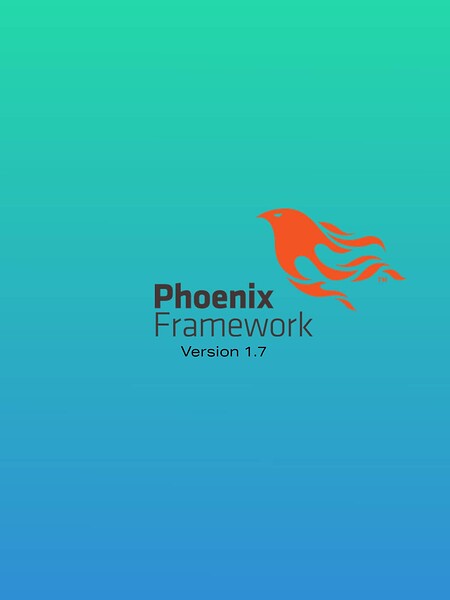If you are like us, you’ve used IO.inspect/2 for a majority of your debugging sessions. This post covers some nice options when you use IO.inspect/2 for debugging Elixir then dives into some other tools that give you more dynamic options when trying to fix bugs.
Blog entry by Ricardo Garcia Vega (bigardone.dev) on how to build a Calendly clone with LiveView.
Seems like Ricardo has done further work in the GitHub repo than hasn’t captured in a sixth part yet.
Couldn’t find this posted elsewhere on the forum and wanted to share this with the community since I found it tremendously helpful.
Have a great day you all 
Learn how to deploy your Elixir Phoenix app to Fly with a single command then set up Continuous Deployment using GitHub Actions. This post has been updated using Chapters 1 and 2 of the Phoenix Deployment Handbook.
Throttling and Blocking Bad Requests in Phoenix Web Applications with PlugAttack
(Also posted in the Elixir blog posts thread, seems appropriate here)
I published a tutorial on how credential stuffing attacks can occur against a Phoenix application, and some strategies to mitigate them using PlugAttack. The post walks through:
- Setting up a victim application, named orru
- Using a basic script to perform automated logins, envy
- The throttle and fail2ban rules in PlugAttack, and some potential pitfalls you may run into when setting them up, and how to avoid them
Thank you for reading!
For anyone interested in Phoenix/Svelte integration, here’s my take on addressing the most glaring issues with currently popular approaches.
Constructive criticism ( on technical content ![]() ) always welcome!
) always welcome!
I don’t know why, but I am very very happy to read this post by Fly.io
partly because it is well written. Partly because I had given up on a similar small problem myself.
Moreover, it is lovely how following line makes fly.io a person instead of a company. ( I don’t know if this is intentional, but is it something)
But we’re a clever lot, we is.
I would love to explore the codebase if there is any (in public). @chrismccord @mrkurt @brainlid
Right now, I am just happy that this blog was written.
It’s almost all open source! GitHub - superfly/flyctl: Command line tools for fly.io services
The agent code is here: flyctl/pkg/agent at master · superfly/flyctl · GitHub
A post was merged into an existing topic: Elixir Blog Posts
Stripe Checkout is the simplest way to accept payments in your Phoenix app. Learn how to set up a basic checkout workflow in Elixir with Stripe.
I’ve stumbled across a problem with uploads and multiple Phoenix instances on the same server, the solution is straight forward, but I though I’d put a short blog out there to explain the situation and the solution using PLUG_TMPDIR:
It has been an exciting year for the elixirlang community with all the excitement we turned our eye forward to discuss what we expect and what we hope to see in phoenix 1.7
Read it and let us know what you hope to see in the comments.
Final part of my series to create a probuild tracker for the game league of legends using elixir, phoenix, liveview and friends.
Not specifically related to phoenix, but to web development in general: How to catch SPAM sign-up bots for emails on your landing page using a honeypot.
We think we’ve found a really nice solution that so far is working great and wrote a short blog post for anyone interested: https://nobilisdata.com/blog/catching-email-spam-with-a-really-good-honeypot/
Hi all,
I’ve just posted an article on Phoenix LiveView Anti Patterns
I’ve included four common missteps people make when writing LiveView applications that I’ve frequently seen over my 3 years of writing LiveView in a production environment.
For a sneak peek, they are:
- Improper separation of concerns
- Function head soup
- Not indexing large lists
- Failure to preload LiveComponent assigns
I discuss the above four issues, what makes them problematic, and how to remedy them
Thank you for taking the time to read and any feedback one might have




















